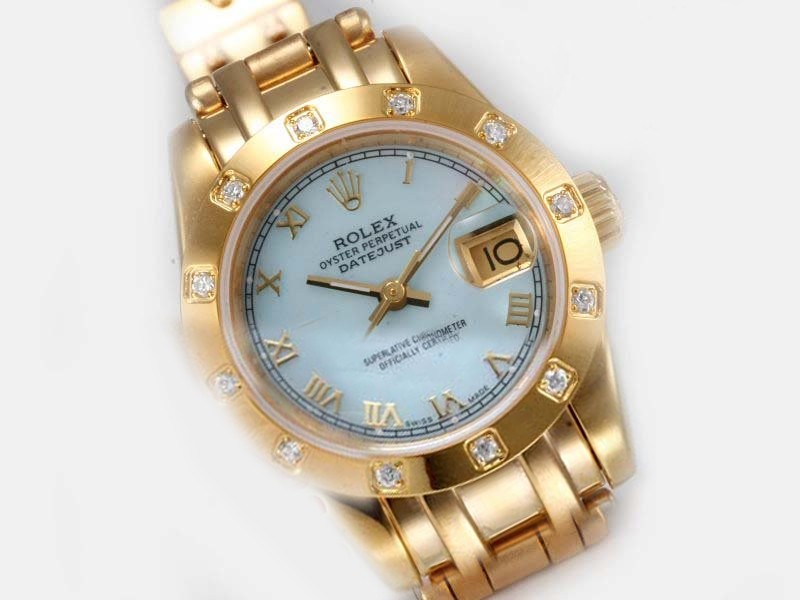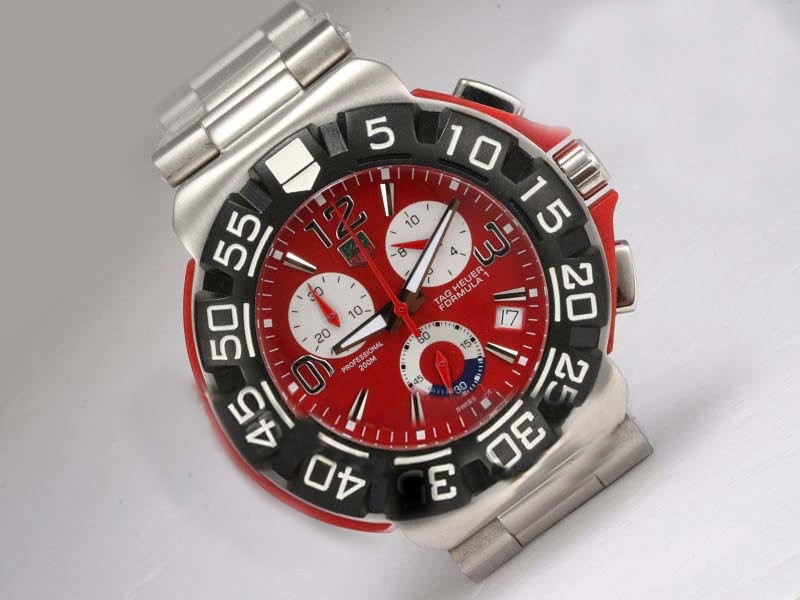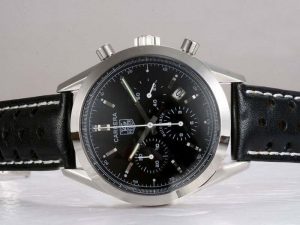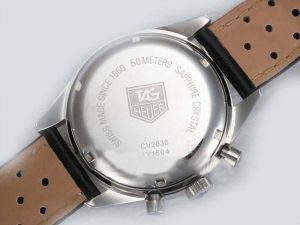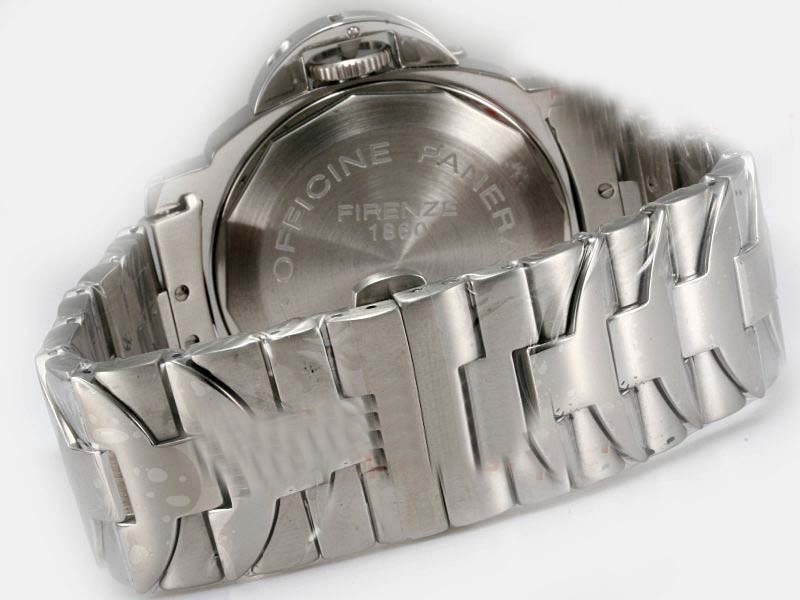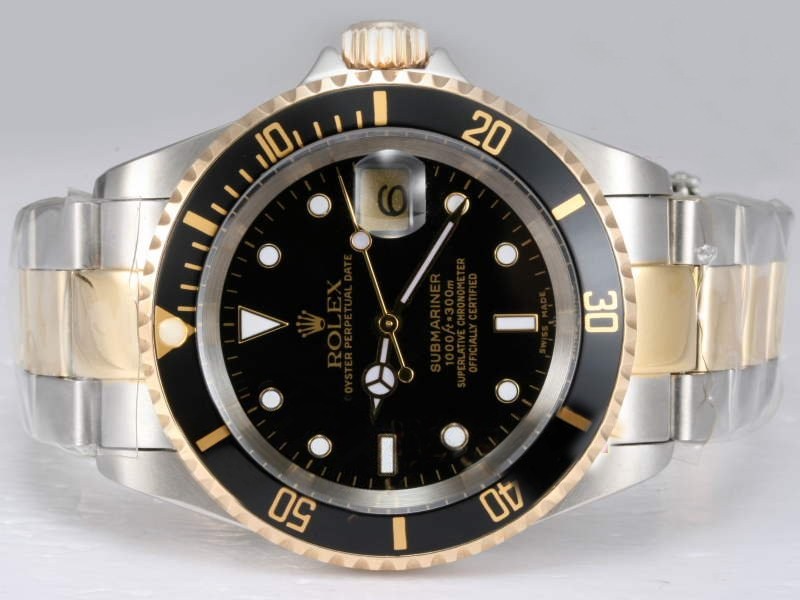Another Look at Rolex GMT-Master
For Rolex, the 1950s saw the emergence of a large number of dedicated sports and tool watches; however, until the late 1950s, these models were largely based on the platform of Rolex’s existing Turn-O-Graph replica watches. It wasn’t until the late 1950s that these collections began to develop their own specialized designs, and Rolex sports watches began to take on the forms that eventually became what they are today. 
The reference 1675 debuted in 1959 as the follow-up to the inaugural Rolex GMT-Master. With the launch of the ref. 1675, the case diameter grew to 40mm, and crown-guards were added to the side of the case to offer better protection for the winding crown. While Rolex’s iconic pilot’s watch would go through numerous updates and refinements over the years, the blueprint first established by the reference 1675 would go on to define the general design of the GMT-Master collection for the next a few decades.
The Rolex GMT-Master 1675 kept in production for a rather long period of time and continued to be a part of Rolex’s catalog up until 1980. However, in spite ofits long production run, the reference 1675 did not remain the exact same throughout the years, and the watch would undergo a number of updates and changes as Rolex continued to upgrade and improve upon its initial design.
The very first ref. 1675 GMT-Master watches received glossy gilt dials, small 24-hour hands, and cases that featured pointed crown guards (named as PCG cases). Throughout the 1960s, Rolex replica began to transition away from these traits, and by the mid/late 1960s, all GMT-Master 1675 watches featured matte dials, large 24-hour hands, and square crown-guards. While the reference number and core functionality of the watch did not change, early examples of the ref. 1675 represent significant aesthetic departures from their later-era counterparts.
This unique fake Rolex GMT-Master 1675 dates to approximately 1963 and features a PCG case, a gilt ‘Swiss-Only’ dial, a small 24-hour hand, and an original fat-font ‘Pepsi’ bezel insert. The luminous material on the original dial and hands produced a rich creamy color and featured a retro oyster bracelet, making it an excellent example of the early production of the 1675 Rolex GMT-Master watch.
